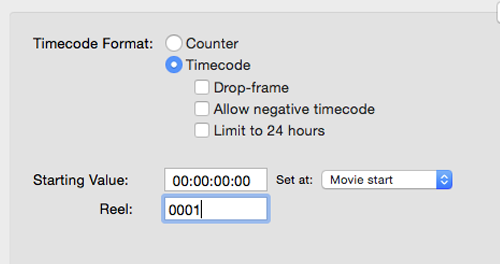

- #Create your own fields of the media meta data. install
- #Create your own fields of the media meta data. archive
- #Create your own fields of the media meta data. pro
- #Create your own fields of the media meta data. professional
- #Create your own fields of the media meta data. series
Get it wrong and you may find yourself entering metadata way past Of information to create, store and manage so think carefully about the fields Of fields you choose to store that data make up your metadata schema. Metadata fields – individual containers for each piece of information.
#Create your own fields of the media meta data. series
Information about the file and what it contains can be stored in a series of It enables people or machines to locate a digital file within a libraryĬontaining thousands – or millions – of media assets. Which describes what’s going on in your video, images, audio or other digitalĪssets. Metadata is the descriptive and technical information Significant volumes of digital media assets usually need to think about
#Create your own fields of the media meta data. pro
Pricing Pro Customisable media management and distribution platform for sports organisations and media companies.Īward winning video management platform? Check.Bring your team and your content together and collaborate on creative projects. Pricing Go Store, organise and share your digital media with ease.Imagen Pro Customisable media management and distribution platform for sports organisations and media companies.

#Create your own fields of the media meta data. archive
#Create your own fields of the media meta data. professional
#Create your own fields of the media meta data. install
sudo bin/plugin install mapper-size Indexing Meta Fields However, it’s only available after installing the mapper-size plugin, which can be done with the below command. The _size field contains the size of the _source field in bytes. It can be disabled if you want to save storage space. The field is not indexed, and therefore it is not searchable, but it is returned in search or fetch results. The _source field contains the JSON that was passed to Elasticsearch at index time, or the updated values if the document has since been updated. The next category of meta fields is document source meta fields, which contains two fields. You are probably not going to make use of this field, because the _id and _type fields are made available to you for convenience, but it is nevertheless always good to know what happens behind the scenes. The field is not indexed, because it can actually be derived from the _uid field, which contains both the document ID and type, separated by a hashtag –. The _id field contains the ID of the document. This field is indexed to make searching for specific types of documents fast. The _type field stores the mapping type of the document – this could be employee, for instance. It is actually a virtual field and is therefore not stored as a real field within Lucene. The _index field contains the name of the index that a document belongs to and allows for matching documents based on the index that it is stored within. Now we will discuss the various categories of meta fields, the first one being identity meta fields. We will go through the various meta fields below. The names of these fields are prefixed with an underscore, and some of them can be customized when creating a mapping type. So, just what are meta fields? Each document that is indexed in Elasticsearch has metadata associated with it. Now that we have taken a look at field data types, it is time to talk about meta fields.


 0 kommentar(er)
0 kommentar(er)
